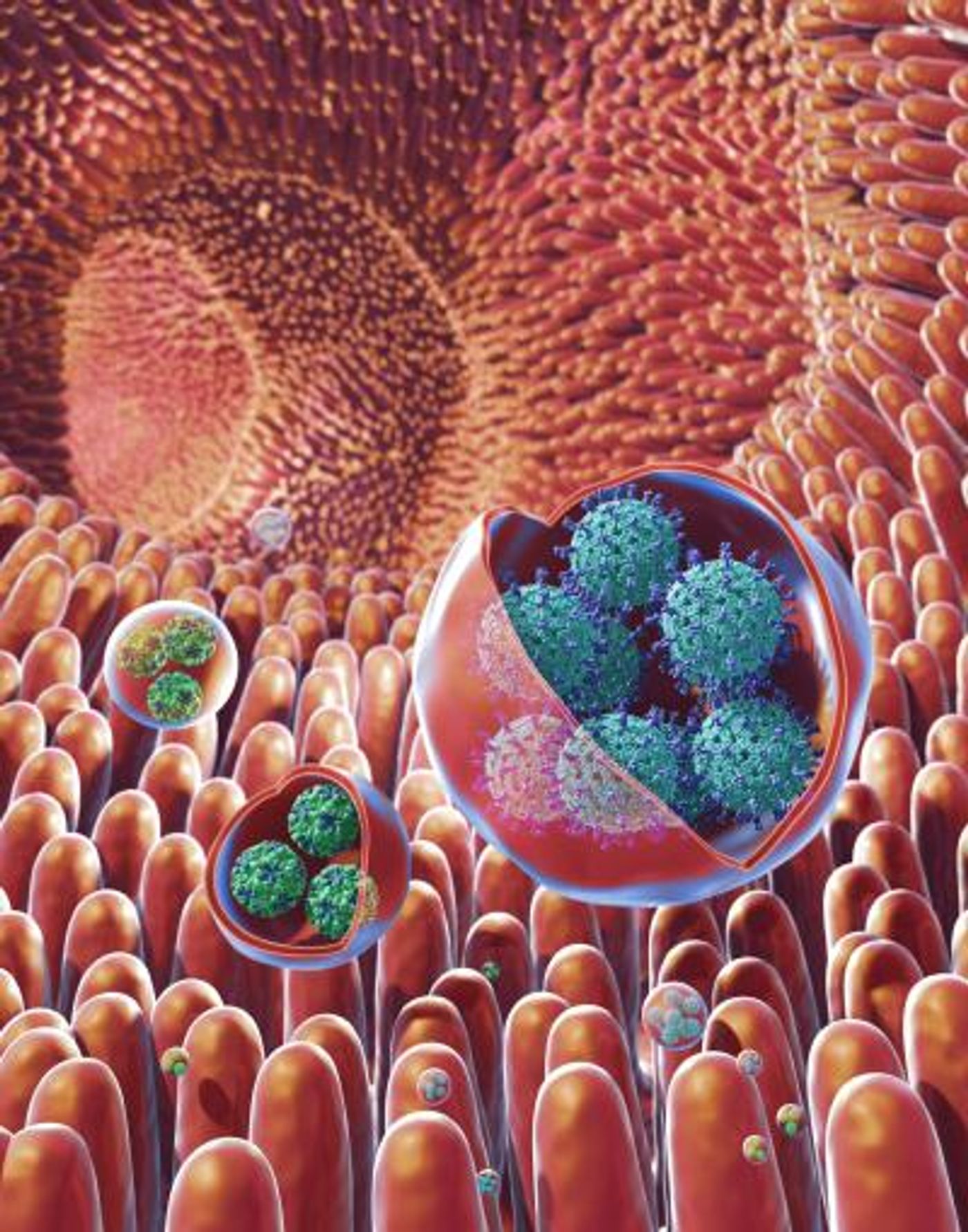Some viruses are highly contagious; noroviruses and rotaviruses need only the right opportunity to strike and they can cause widespread outbreaks inlaces like cruise ships, daycare centers, and nursing homes, for example. New research by scientists at the National Institutes of Health has revealed one reason why they are so effective at spreading infection. This work has shown that these viruses cluster together, exacerbating the severity and spread of disease. It will now help inform the development of treatments that target clusters of viral particles, while current therapeutics are aimed at individual particles.
“This is a really exciting finding in the field of virology because it reveals a mode of virus spread that has not been observed among humans and animals,” said study leader Nihal Altan-Bonnet, Ph.D., senior investigator and head of the Laboratory of Host-Pathogen Dynamics at the National Heart, Lung, and Blood Institute (NHLBI). “We hope that it will provide new clues to fighting a wide range of diseases involving many types of viruses, including those that cause gastrointestinal illnesses, heart inflammation, certain respiratory illnesses, and even the common cold.”
It had been thought that stomach viruses acted independently until research in 2015 by Altan-Bonnet and colleagues. They found that poliovirus could move in groups, inside of vesicles that contained numerous particles of virus. The phenomenon was compared to a Trojan horse; the vesicles evade detection and enter the body, where the virus is released.
To learn more about the process, the team looked to rotaviruses and noroviruses, which are usually spread when food contaminated with fecal waste is ingested - called fecal-oral transmission. They looked at the virus in waste, and found it there, not as individual particles but clustered in vesicles, making it ready to infect another host.
“Our findings indicate that vesicle-cloaked viruses are highly virulent units of fecal-oral transmission, and highlight a need for antivirals targeting vesicles and virus clustering,” Altan-Bonnet noted.
These viruses seem to be so infectious because the packets protect the viral particles from degradation, and then they target the host in large groups. The vesicles may also prevent the formation of antibodies that can target the viruses. More work will be necessary to learn more about these viral vesicles, but one thing is certain: hand washing is still an effective way to stop the spread of viral infections.
Sources: NIH, Cell Host & Microbe









